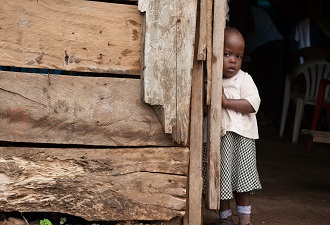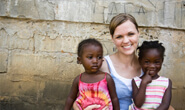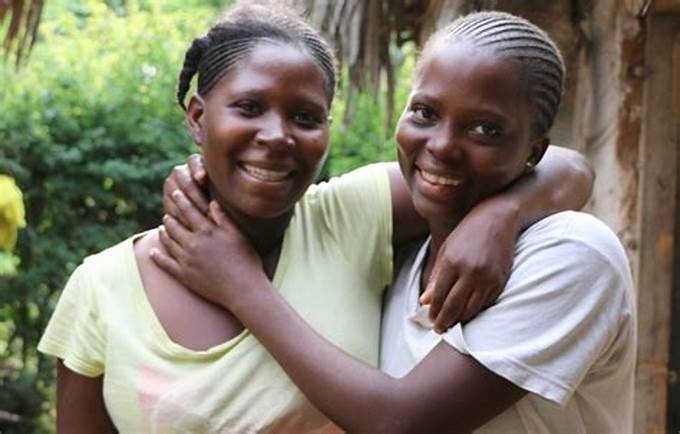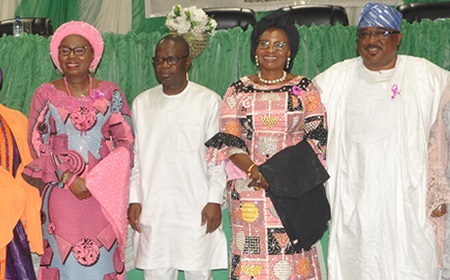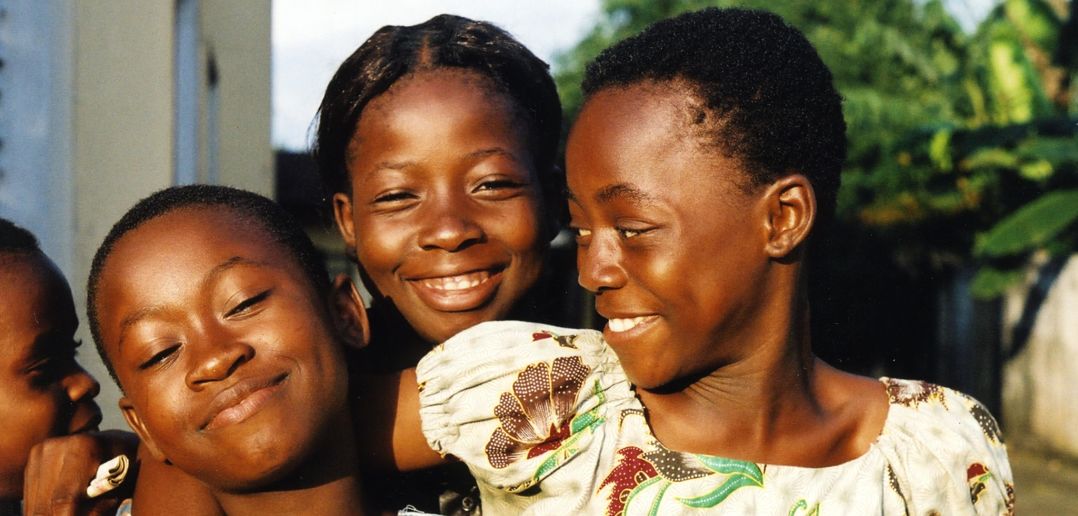national aids, viral hepatitis
and stis control programme
THE WAS CREATED CONSEQUENT UPON OF THE RESPONSE TO THE UNITED NATIONS AGREEMENT TO ESTABLISH INSTITUTIONAL MECHANISMS FOR THE ADVANCEMENT OF THE RESPONSE OF HIV
It is a product of efforts established through a Decree in 1989 giving rise to the National Commission for Women. This however was the initiative of the wife of the then Head of State (Dr) Mrs Maryam Babangida of blessed memory. The Commission though recognized as a Government Institution, its activities were rather ad-hoc with no specific and adequate budgetary allocation. The wife of the Head of State then dictated the pace of activities in the Commission with the creation of her Better life Programme for Rural Women...
In 1995, the Commission for Women was upgraded to a full-fledged Ministry of Women Affairs and Social Development, which meant that Nigeria had achieved one of the critical areas of concern of the Beijing Platform for Action. The activities of the Ministry, again largely influenced by the dictates of the wife of the Head of State at that time, Mrs Maryam Sani Abacha who came up with her pet project; the Family Support and Economic Advancement Programme...
Recent Activities:
HIV HS Symposium
The NHSS was a policy-driven and scientific gathering that brought together stakeholders, researchers, and implementers working within the National HIV response
See More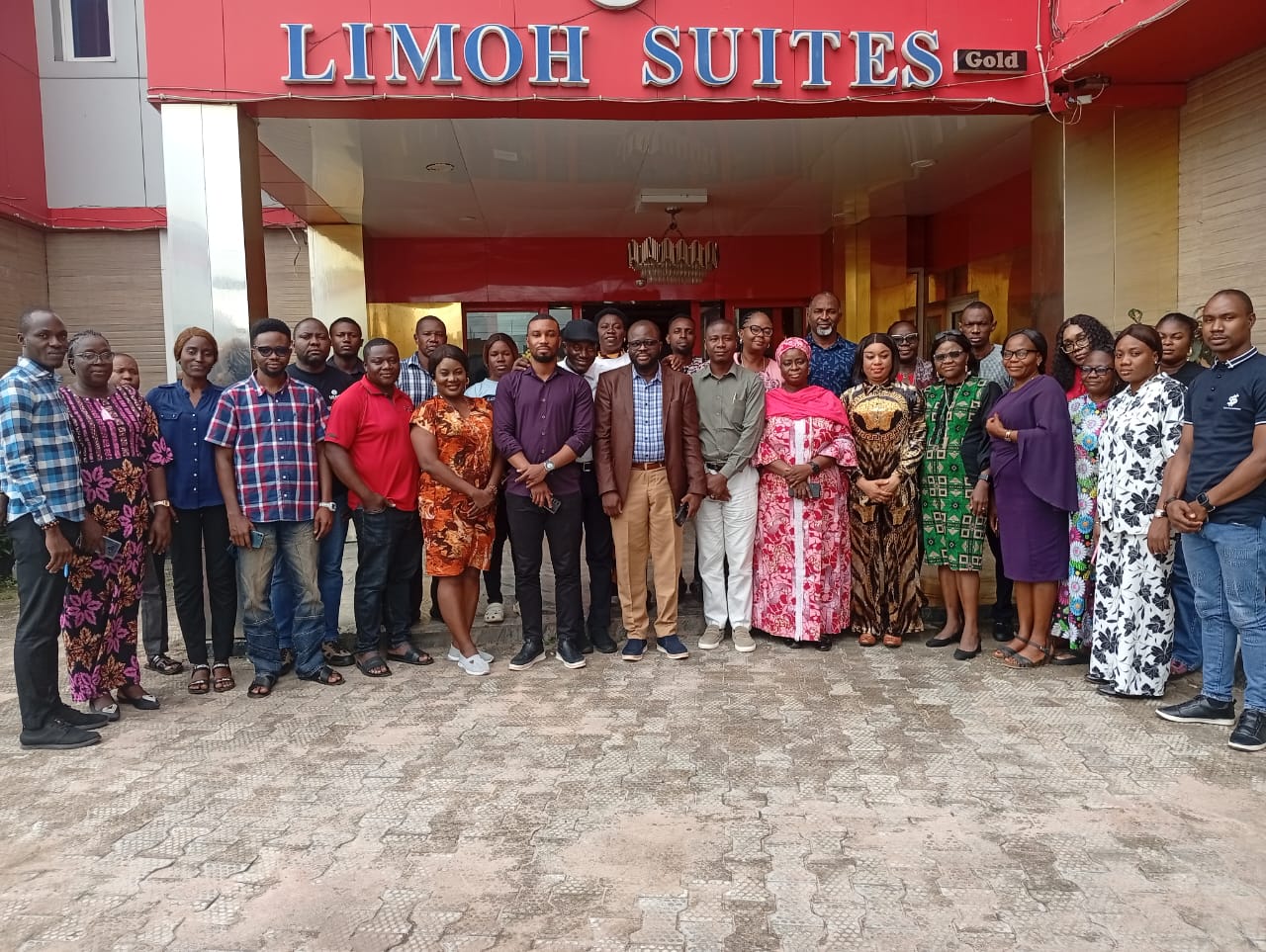
Recent Activities:
M&E Tool Pilot
NASCP conducted a review and pilot of the national HIV M&E tools across six pilot states across the six geopolitical zones of nigeria
See More
Recent Activities:
National Council on Health
Awards of Excellence on the following distinguished Nigerians on 31st October 2019, at the National Council meeting held in Abuja.
See MoreGet Involved
Want to know more about the NASCP activities, mandate, and projects? Get in touch with us right away
Get Started!

